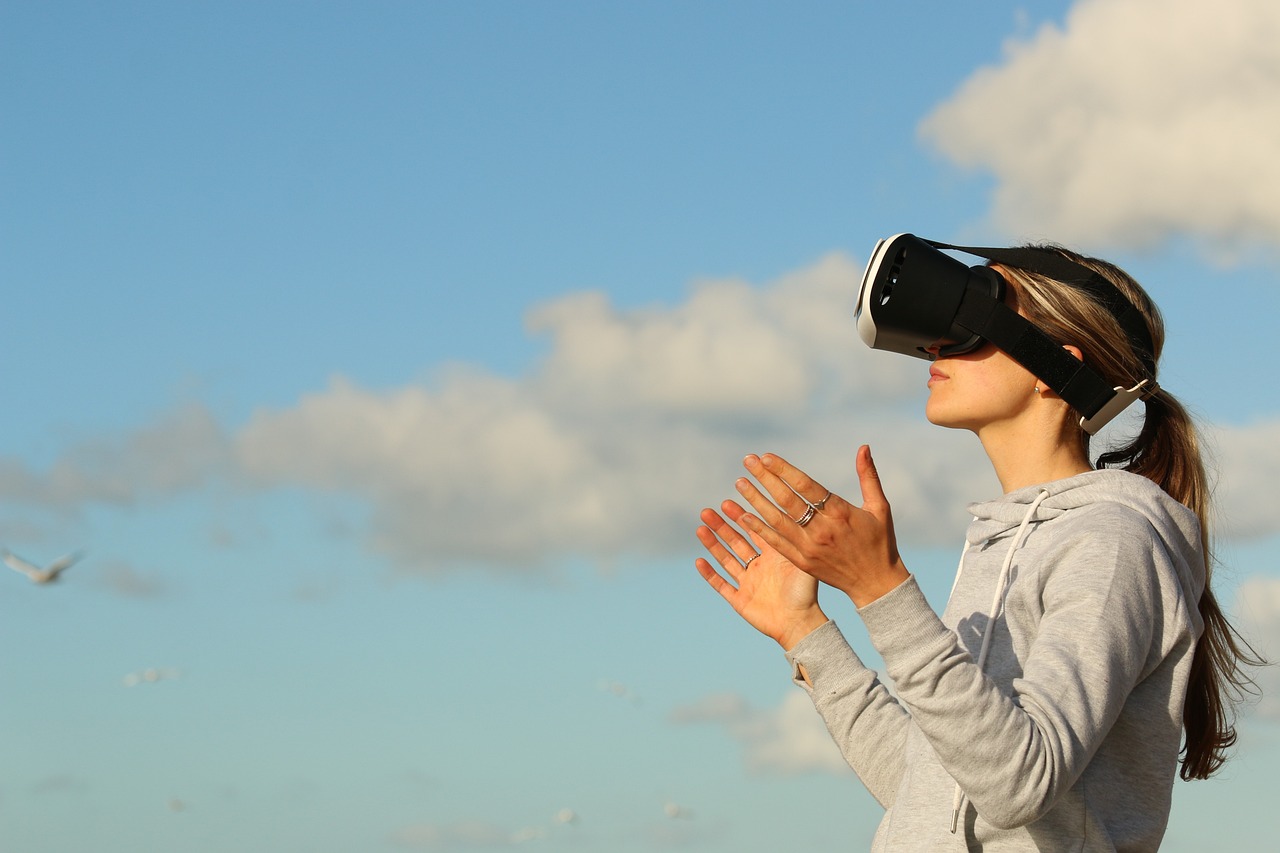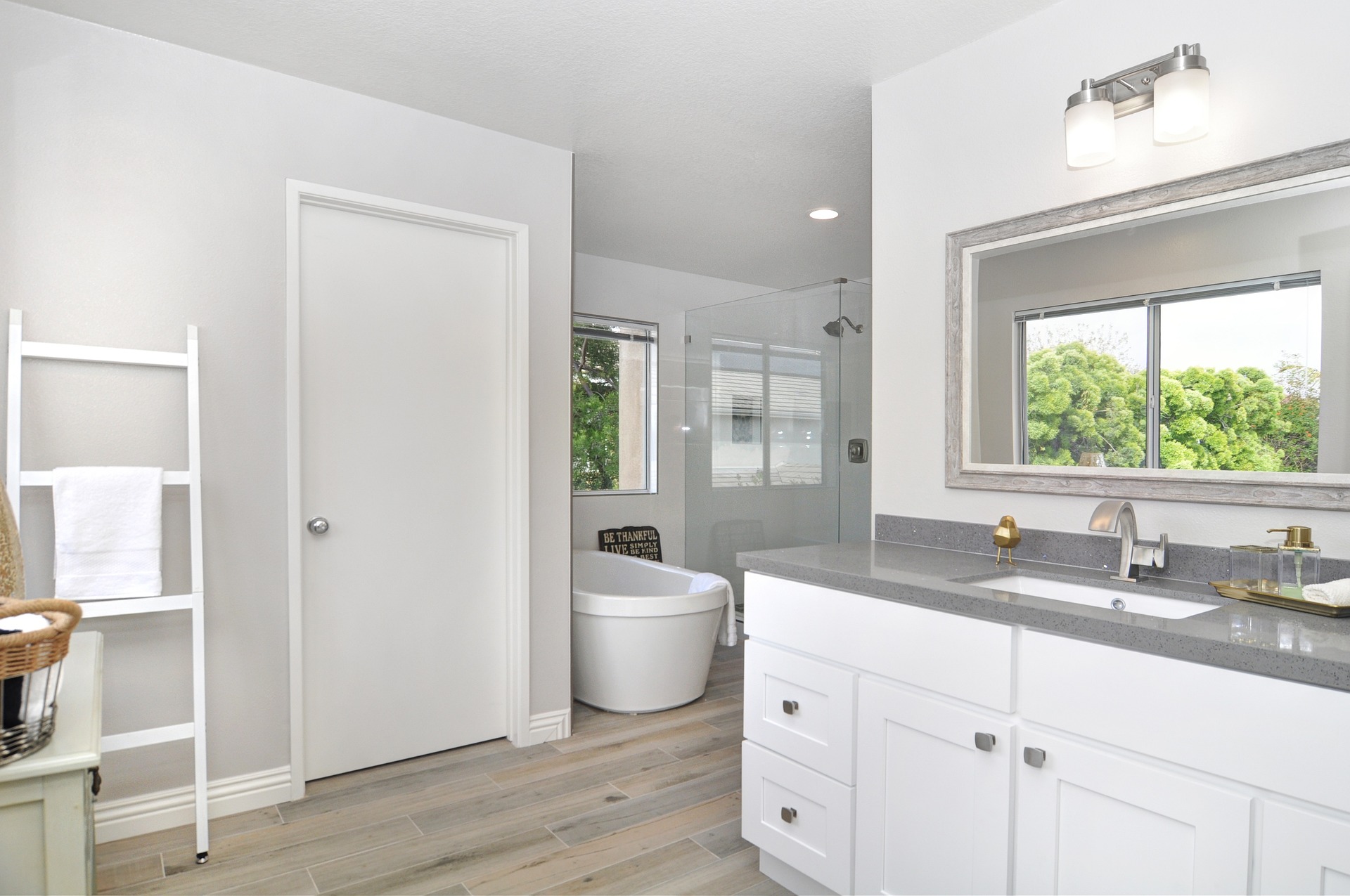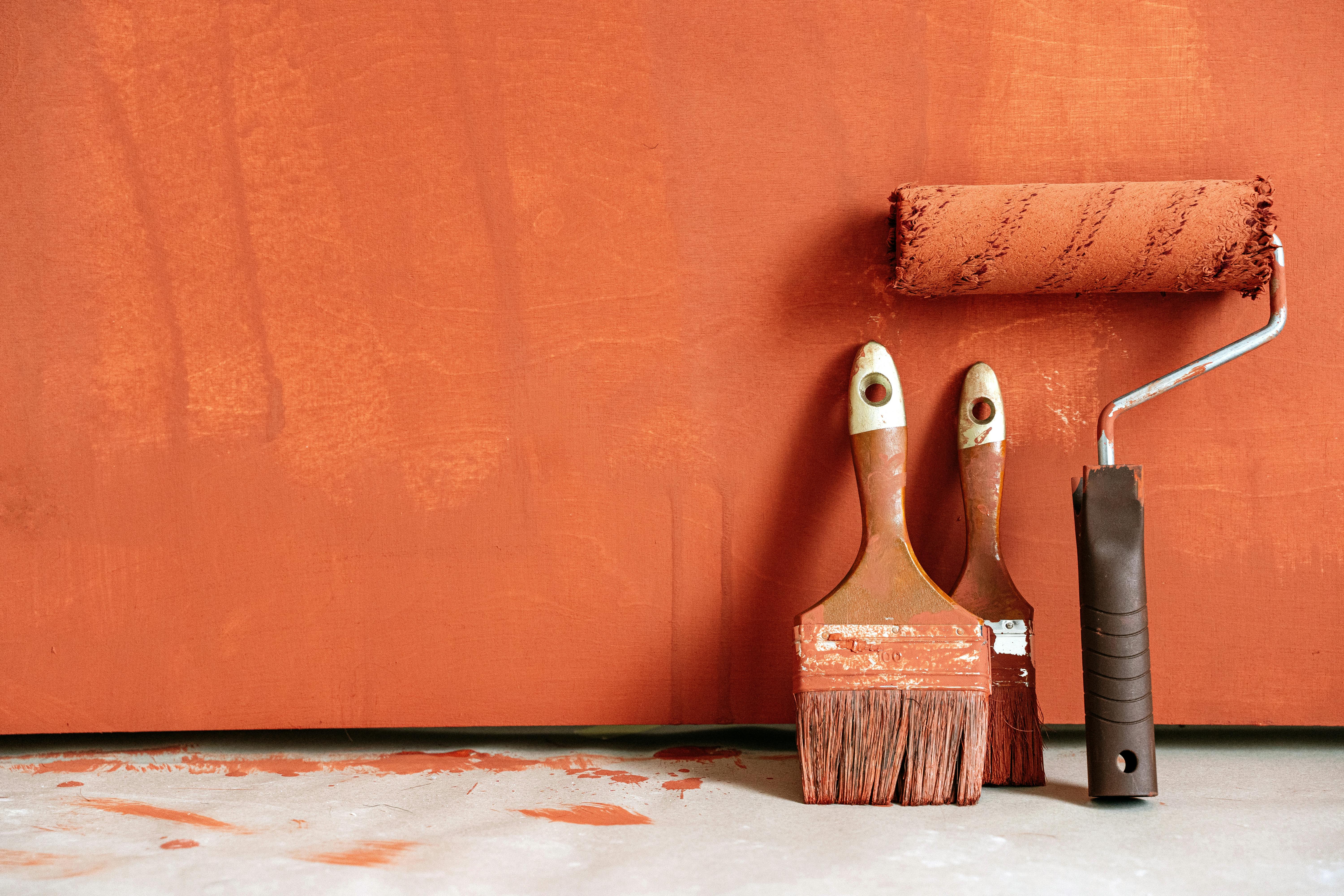Fashion's Digital Frontier: Augmented Reality Shopping
In the ever-evolving landscape of fashion, technology is shaping how we shop and interact with styles. Augmented Reality (AR) shopping is emerging as a game-changer, blending the digital and physical worlds to create interactive fashion experiences. This fusion not only enhances the shopping journey but also offers new dimensions of personalization and engagement.

Historical Context and Industry Shifts
The concept of AR has been around for decades, primarily in the realm of gaming and entertainment. However, its application in fashion is relatively new and groundbreaking. Historically, fashion retail has relied on in-store experiences and, more recently, e-commerce. As technology advanced, so did consumer expectations, leading to a demand for more immersive shopping experiences. The shift from traditional methods to digital interfaces was accelerated by the global pandemic, which pushed brands to innovate rapidly. AR shopping emerged as a solution, offering consumers a dynamic way to explore products without leaving their homes.
AR in Fashion Today
Today, AR is reshaping the fashion industry with virtual try-ons, interactive displays, and personalized styling recommendations. Brands are leveraging AR to bridge the gap between online and offline shopping. Consumers can now visualize how clothing fits and looks in real-time, reducing the uncertainty of online purchases. The integration of AR in fashion apps and websites allows shoppers to experiment with styles, colors, and combinations, enhancing decision-making and satisfaction.
The Appeal and Evolution of AR Shopping
The appeal of AR shopping lies in its ability to provide a realistic and engaging experience. This technology empowers consumers to make informed choices by offering a virtual fitting room. The evolution of AR shopping is driven by advancements in AI and machine learning, which refine the accuracy and functionality of these experiences. As AR technology becomes more accessible, brands are exploring new ways to incorporate it into their marketing strategies, from pop-up stores to personalized shopping assistants.
Influence on Consumer Behavior
AR shopping is influencing consumer behavior by making fashion more interactive and personalized. Shoppers are more likely to engage with brands that offer immersive experiences, leading to increased customer loyalty and retention. The ability to visualize products in various settings and styles encourages experimentation and creativity. Moreover, AR shopping reduces return rates by providing a clearer representation of products, thus boosting consumer confidence.
Expert Insights and Future Trends
Experts predict that AR will continue to evolve, becoming a staple in the fashion industry. As technology advances, AR experiences will become more seamless and integrated, offering even greater personalization. The future of AR shopping might include virtual fashion shows, holographic displays, and AI-driven style advisors. Brands that embrace this technology will likely gain a competitive edge, appealing to tech-savvy consumers and setting new standards in retail.
Practical Shopping Insights for Embracing AR
- Explore apps from brands that offer AR features to try before buying.
- Use AR to experiment with new styles and colors without commitment.
- Check for AR capabilities on websites to enhance online shopping.
- Look for brands that integrate customer feedback into their AR experiences.
- Stay informed about new AR developments to maximize your shopping journey.
In conclusion, AR shopping is not just a trend but a transformative force in the fashion industry. By merging technology with style, it offers a unique and personalized shopping experience that aligns with modern consumer expectations. As AR continues to develop, its impact on fashion will likely grow, paving the way for more innovative and engaging retail experiences.




